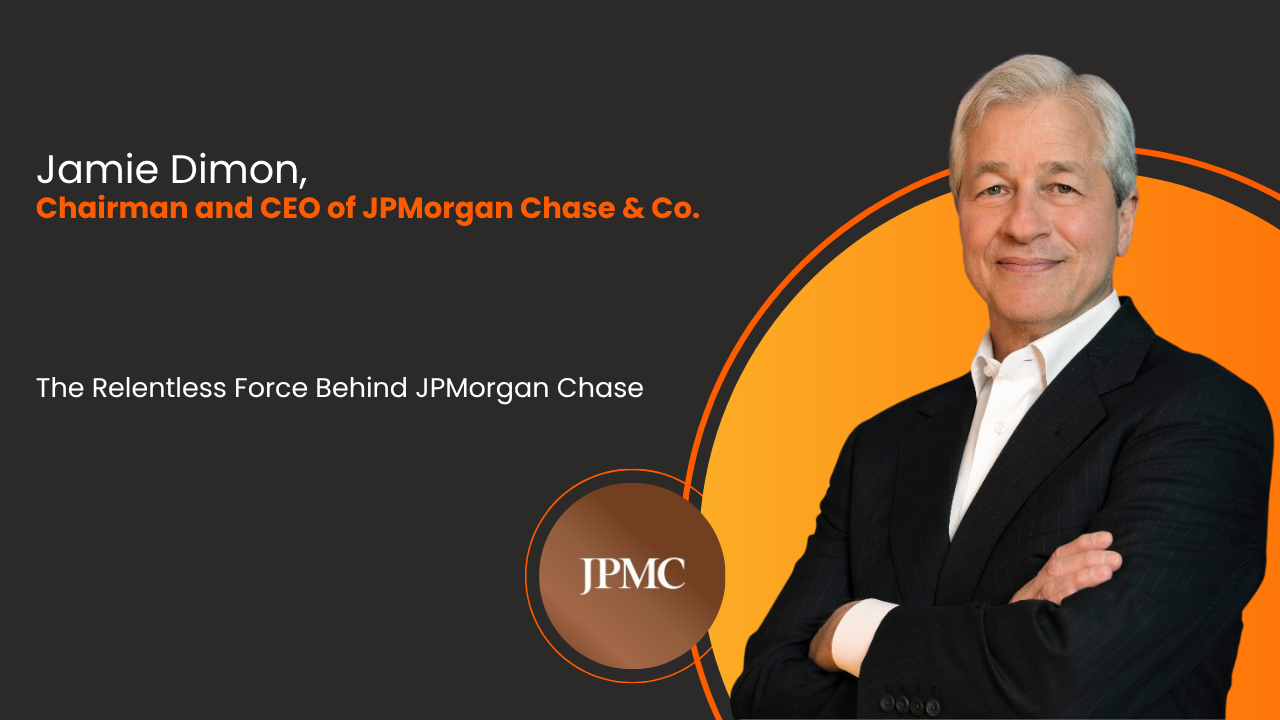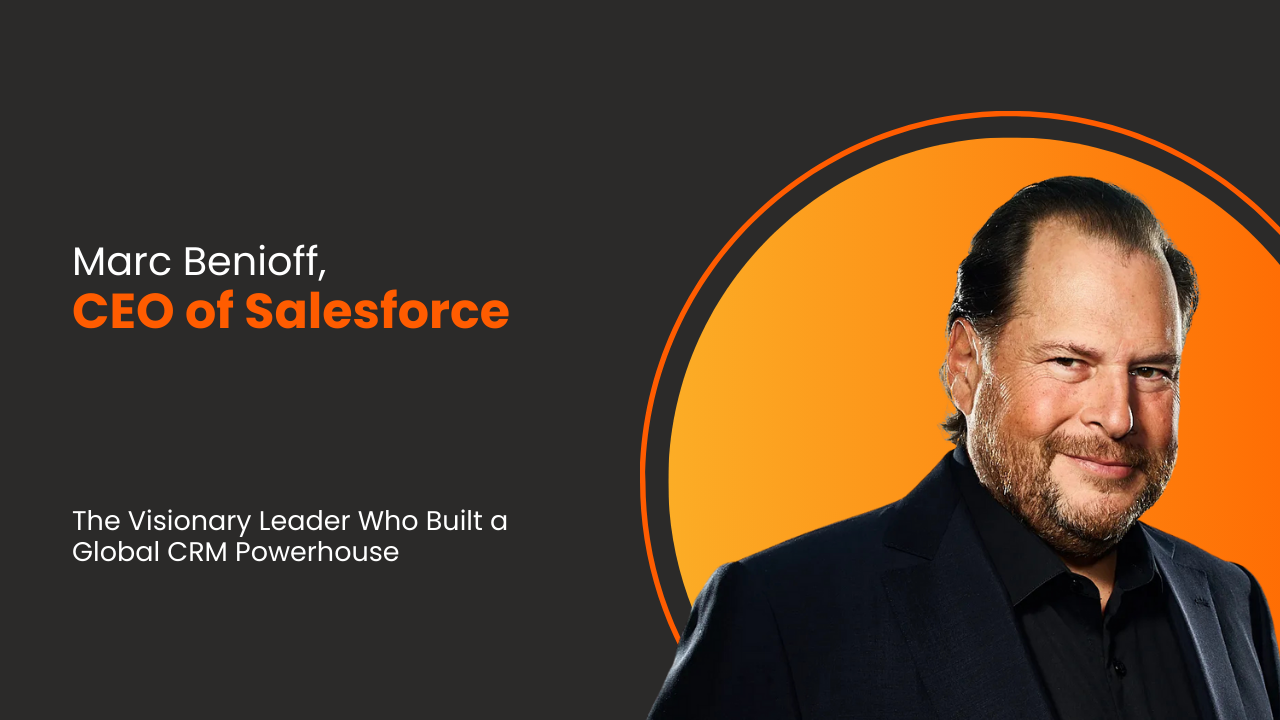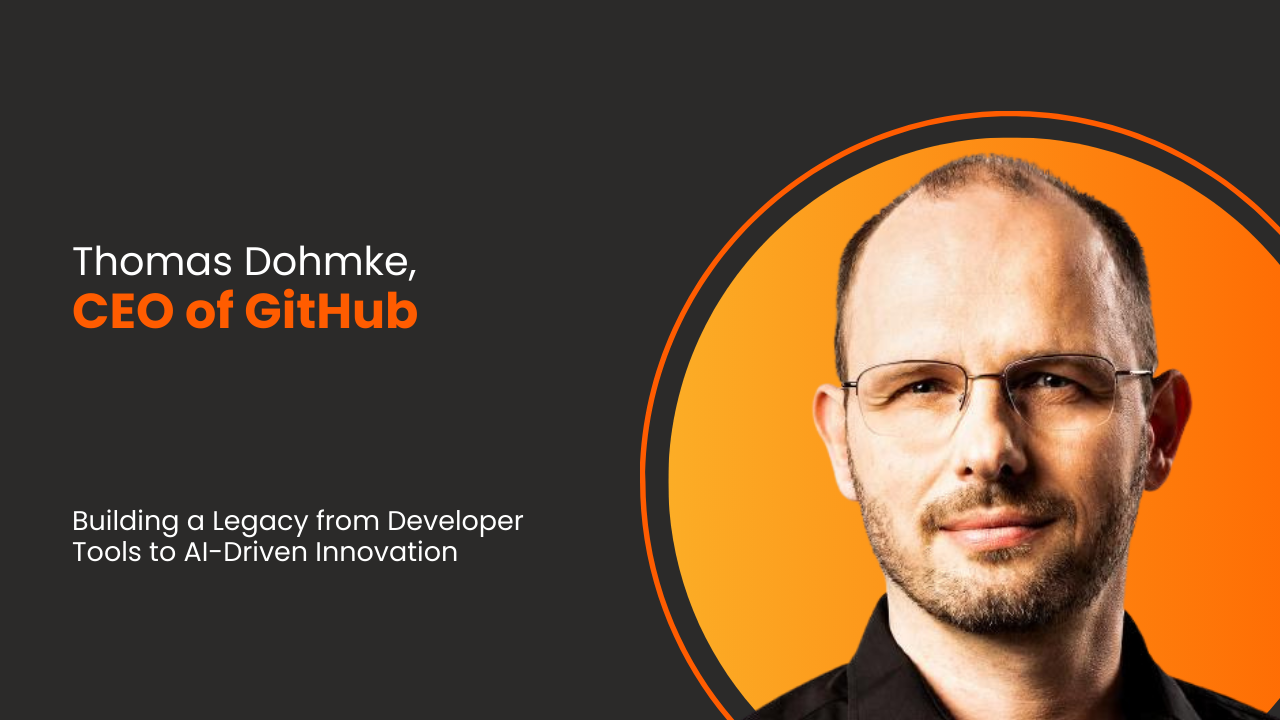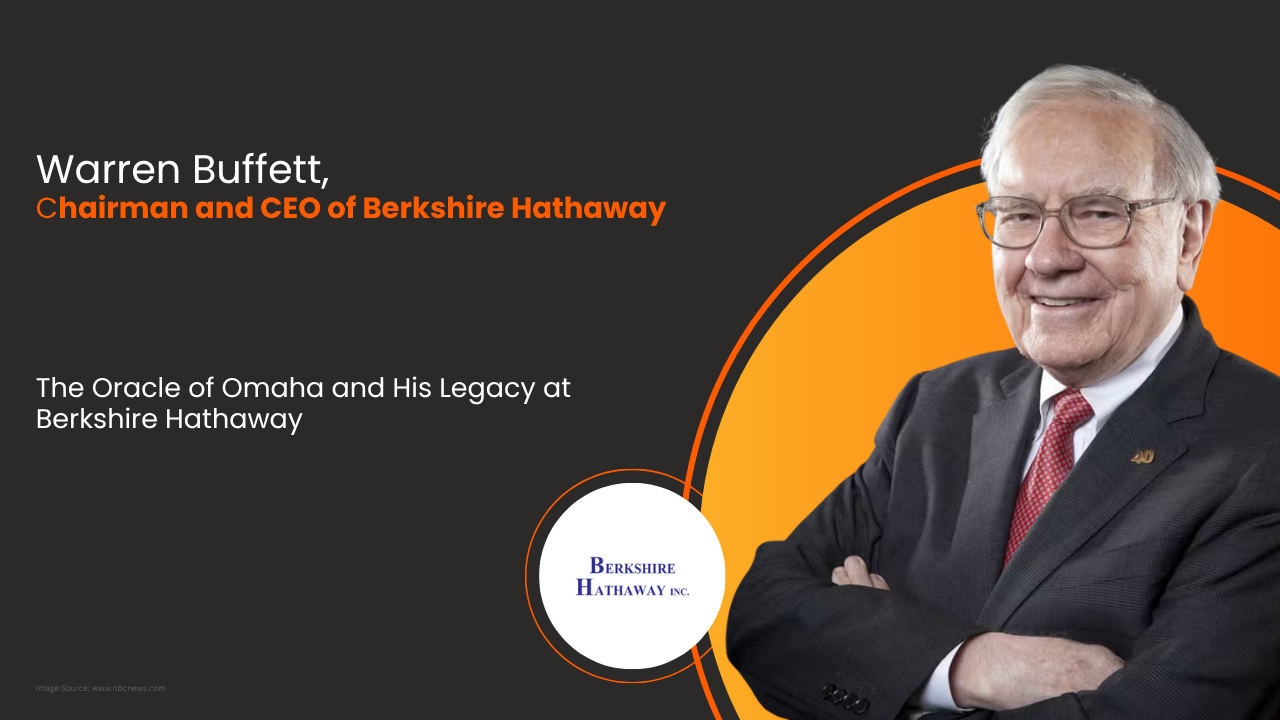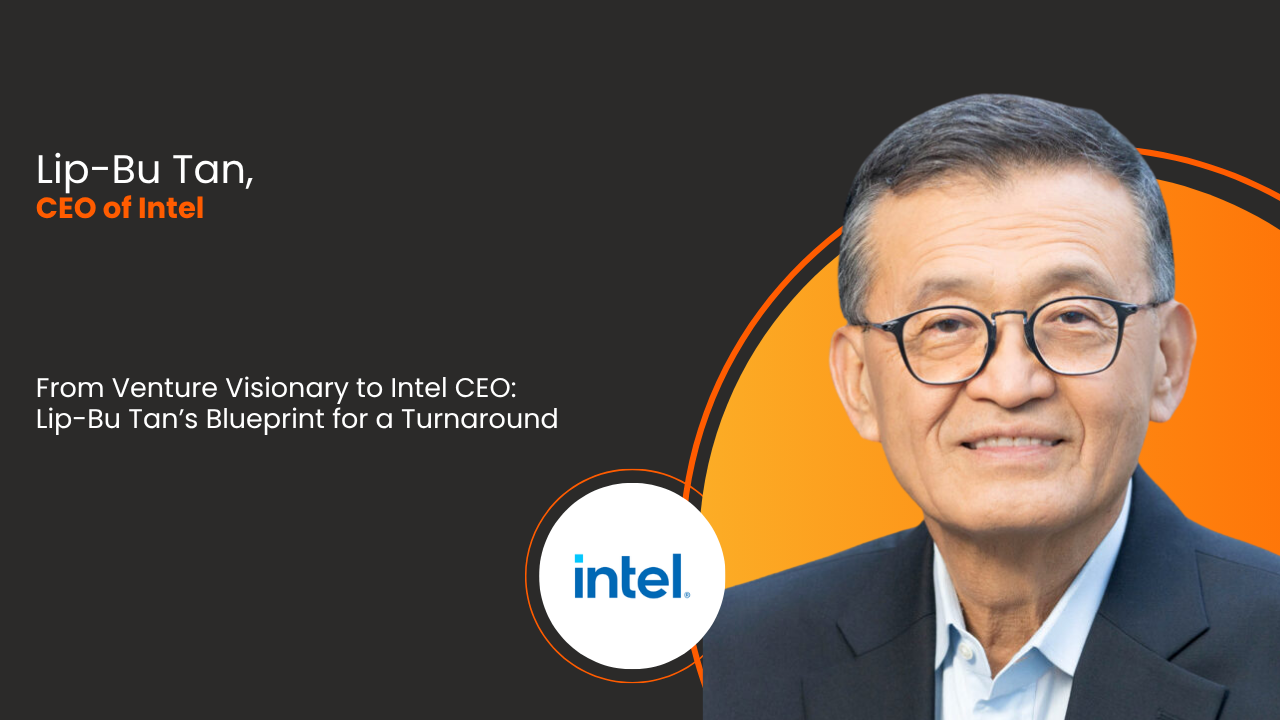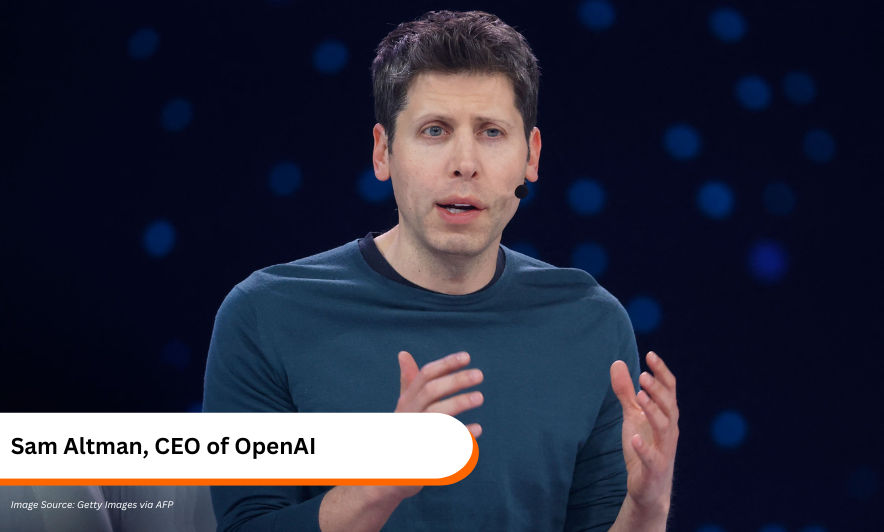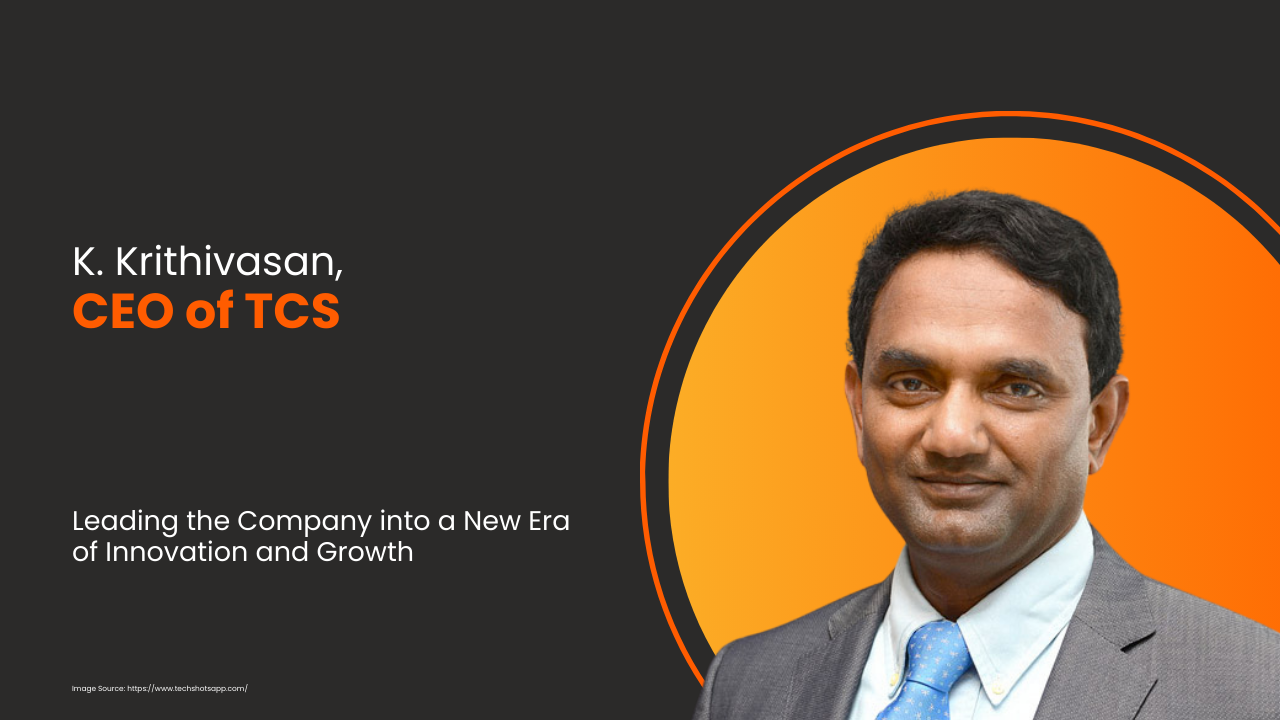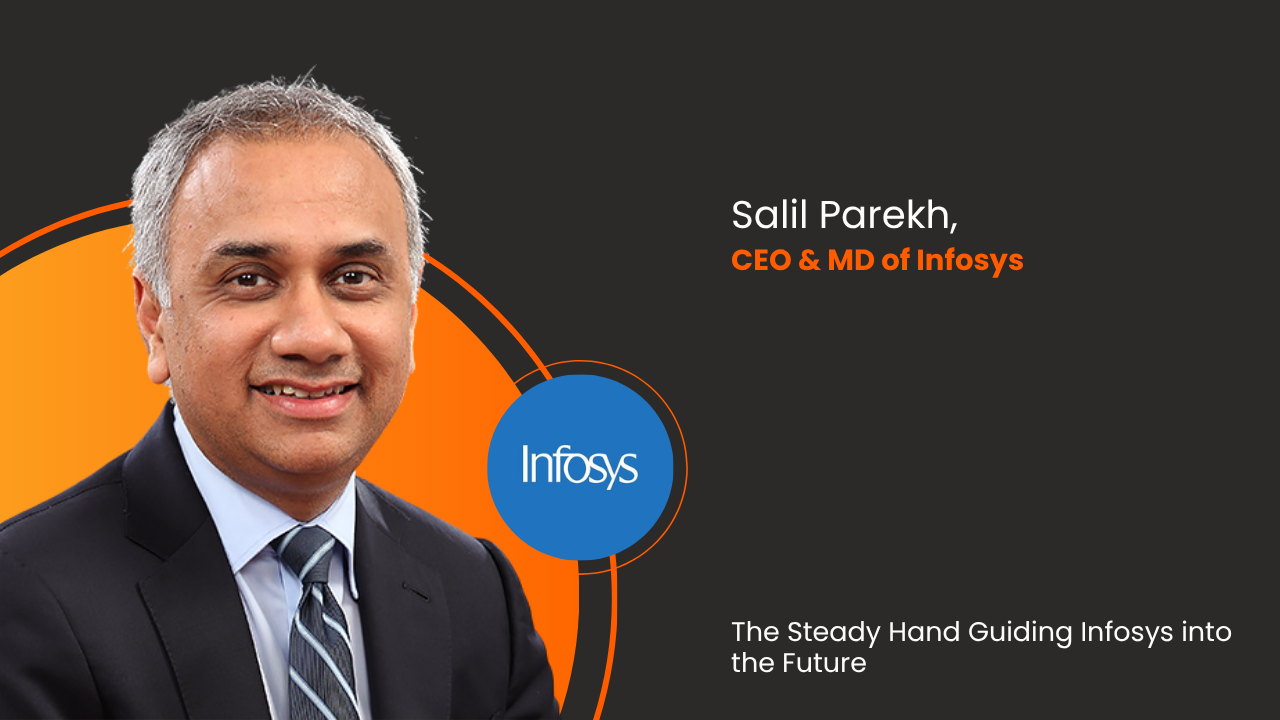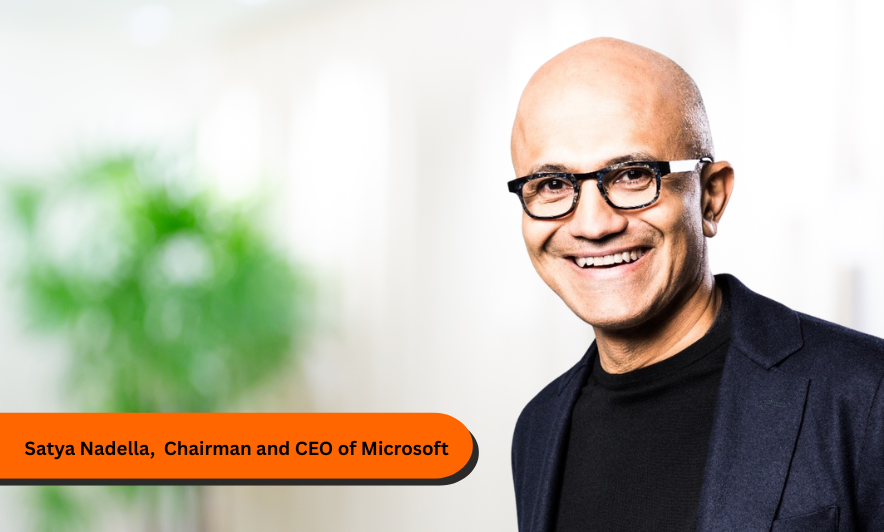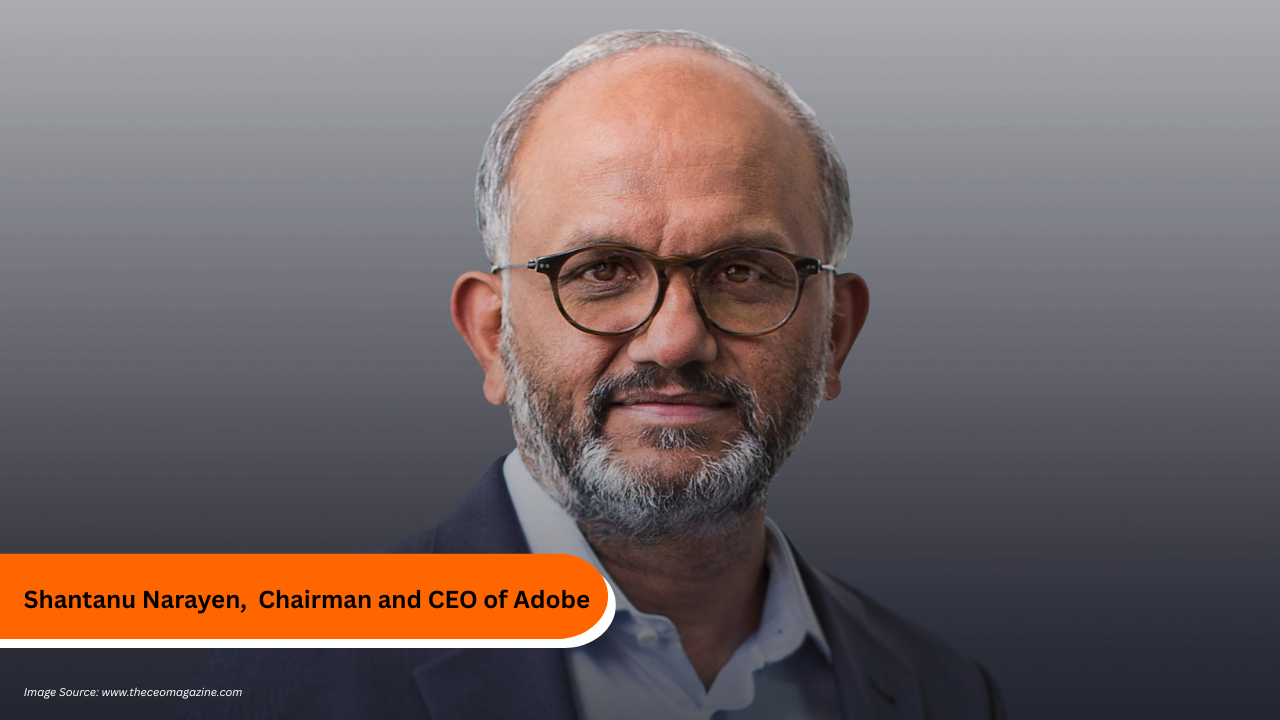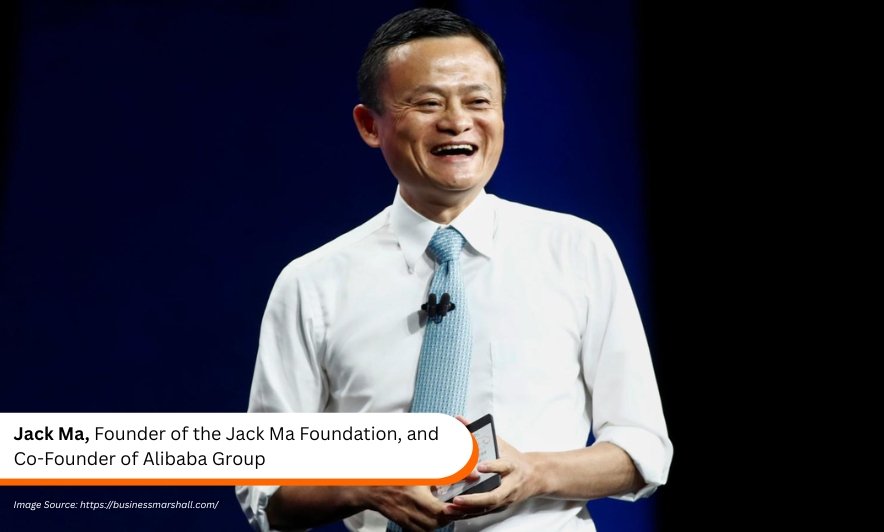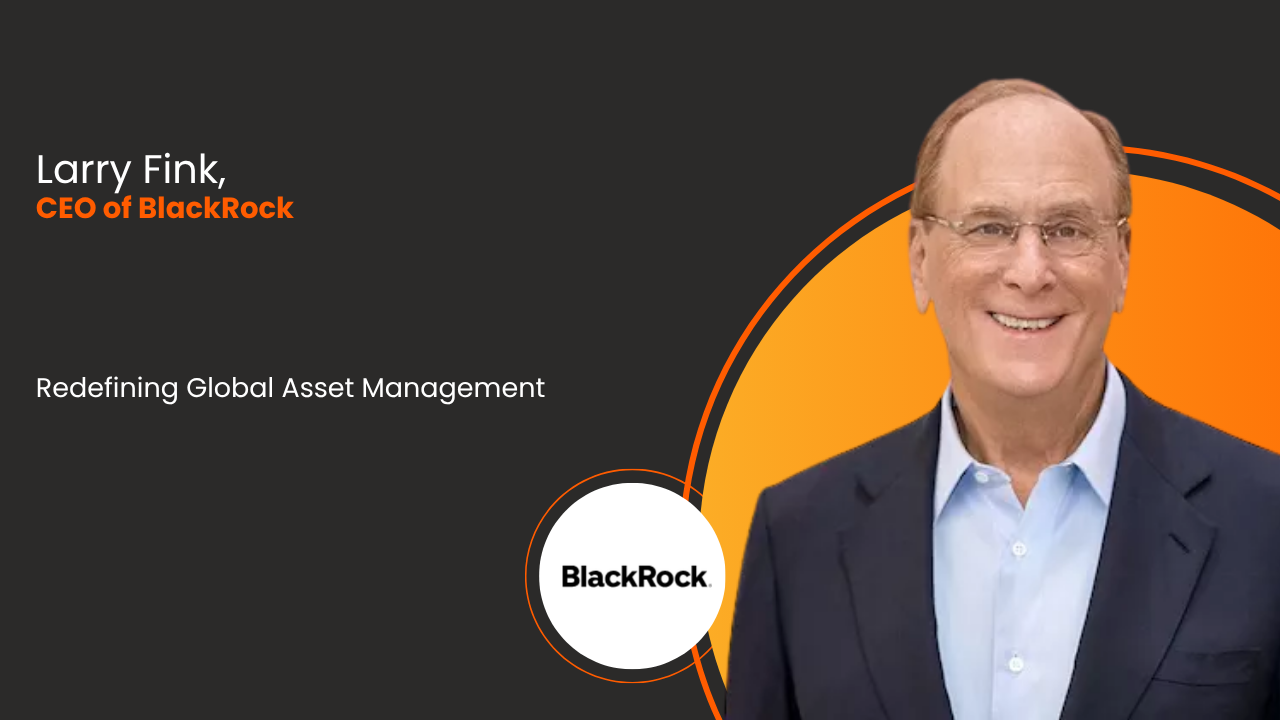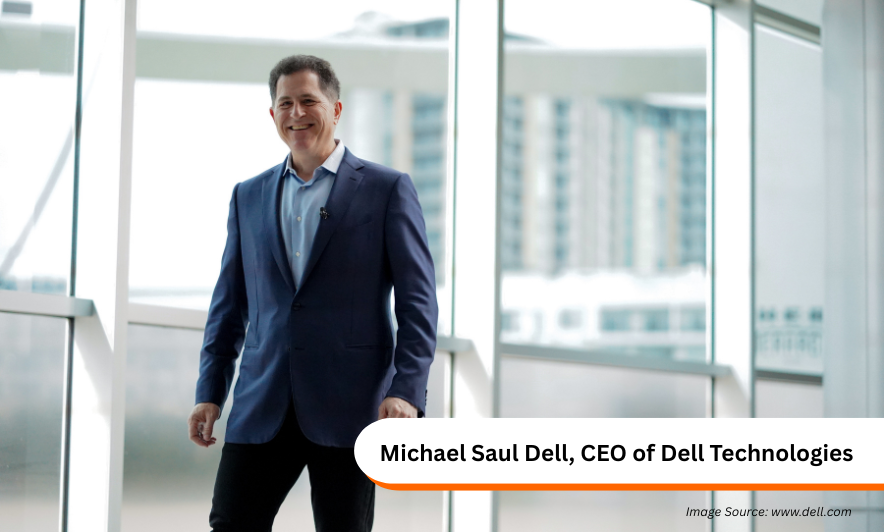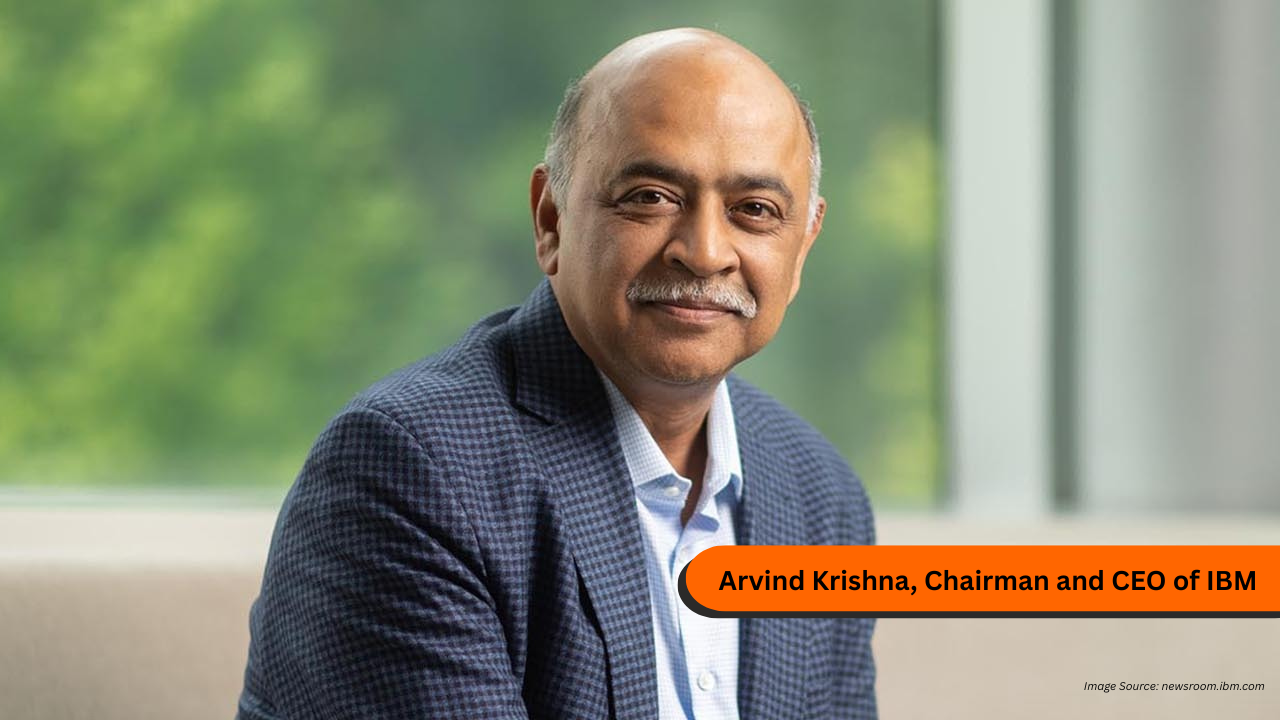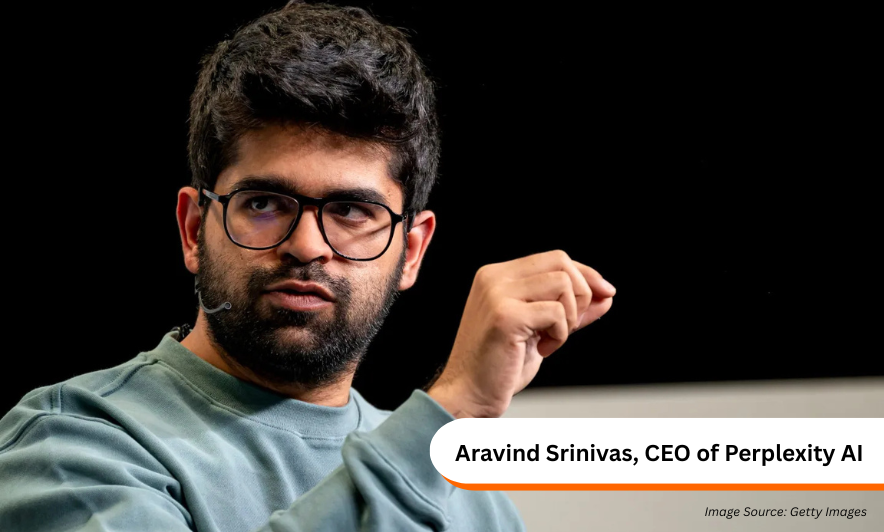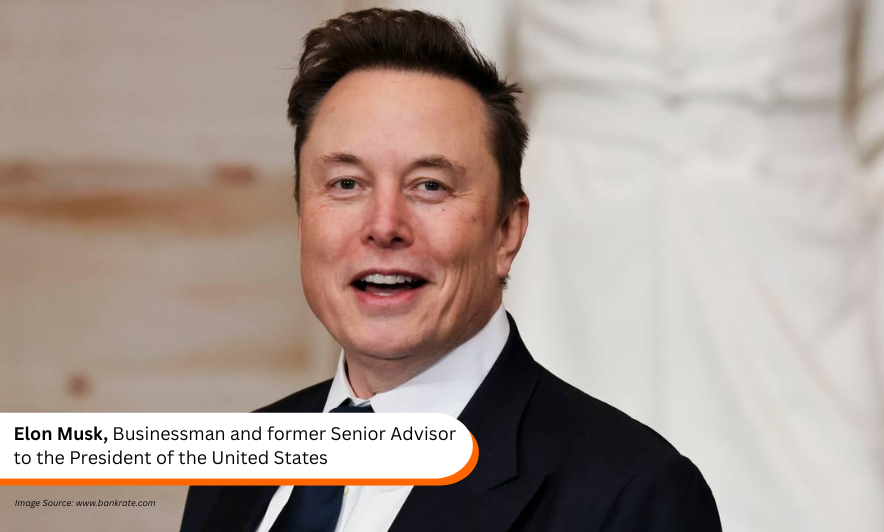A comprehensive profile of Jamie Dimon, Chairman & CEO of JPMorgan Chase, covering his background, leadership style, achievements, crisis management, and impact on global finance.
Few names in global finance command as much respect, and scrutiny, as Jamie Dimon. As Chairman and CEO of JPMorgan Chase, Dimon has built a reputation as a steady hand in turbulent times, an outspoken leader on policy matters, and the architect of the world’s most powerful banking institution. His journey from Queens, New York, to the top of Wall Street is a story of ambition, resilience, and visionary leadership.
Company Snapshot
JPMorgan Chase & Co. is the largest bank in the United States and one of the most influential financial institutions in the world. With operations spanning investment banking, retail and commercial banking, asset management, and transaction services, the company manages trillions of dollars in assets and serves millions of customers worldwide. Often considered a bellwether for the financial sector, its performance under Dimon has shaped not just the bank’s destiny but also the wider U.S. and global economy.
CEO’s Background
Born on March 13, 1956, Jamie Dimon grew up in a Greek-American family in Queens, New York. Finance was in his blood: both his father and grandfather were stockbrokers. A bright student, Dimon studied economics and psychology at Tufts University before earning an MBA from Harvard Business School, where he graduated as a Baker Scholar.
His early career included consulting and internships at Goldman Sachs, but it was his connection with banking legend Sandy Weill that gave him his first major break. Beyond the boardroom, Dimon is a husband and father of three daughters. He has also faced and overcome major health challenges, including throat cancer and emergency heart surgery in 2020, returning each time with his trademark determination.
Journey to CEO
Dimon’s rise was anything but ordinary. He began at American Express under Sandy Weill, followed him to Commercial Credit, and played a key role in building what eventually became Citigroup. After parting ways with Weill in 1998, Dimon made his comeback as CEO of Bank One, restoring it to strength.
In 2004, JPMorgan Chase acquired Bank One for $58 billion, a move that not only reshaped the U.S. banking landscape but also set the stage for Dimon’s ascent. By the end of 2005, he was named CEO, and in 2006 he became Chairman of the board, a dual role he continues to hold nearly two decades later.
Leadership & Vision
Dimon is known for his philosophy of maintaining a “fortress balance sheet”, a strategy focused on resilience, capital strength, and risk management. This conservative but forward-looking approach helped JPMorgan Chase weather the 2008 financial crisis more successfully than many peers.
His leadership style blends discipline with adaptability. Dimon values decisiveness, often relying on clear decision-making frameworks and encouraging his teams to prepare for the unexpected. At the same time, he has pushed JPMorgan into digital transformation, investing heavily in fintech and technology to future-proof the bank.
He is also one of the few Wall Street CEOs whose voice carries weight beyond finance. Whether testifying before Congress or writing his widely read annual letters to shareholders, Dimon frequently addresses broader issues such as inequality, education, healthcare, and U.S. competitiveness.
Impact & Achievements
Under
Jamie Dimon’s leadership, JPMorgan Chase has become a global powerhouse:
- Crisis Navigation: During the 2008 crisis, the bank acquired Bear Stearns and Washington Mutual, expanding its market presence while maintaining relative stability.
- Market Leadership: Today, JPMorgan is the largest U.S. bank by assets and market capitalization.
- Record Profits: The bank continues to deliver industry-leading profitability, reflected in Dimon’s record $39 million compensation package in 2024.
- Global Recognition: Dimon has appeared on Time’s list of the world’s most influential people, received France’s Legion of Honour, and remains one of the most powerful CEOs worldwide.
- Thought Leadership: His shareholder letters and public commentary are widely regarded as essential reading for anyone interested in the future of banking and the economy.
Conclusion
Jamie
Dimon’s career is a study in resilience, foresight, and influence. From his
formative years under Sandy Weill to his stewardship of JPMorgan Chase, he has
consistently shown an ability to anticipate challenges, seize opportunities,
and lead with conviction. Nearly two decades into his tenure, Dimon’s impact
extends far beyond Wall Street, shaping policy debates, inspiring future
leaders, and solidifying JPMorgan Chase as a fortress of global finance.

